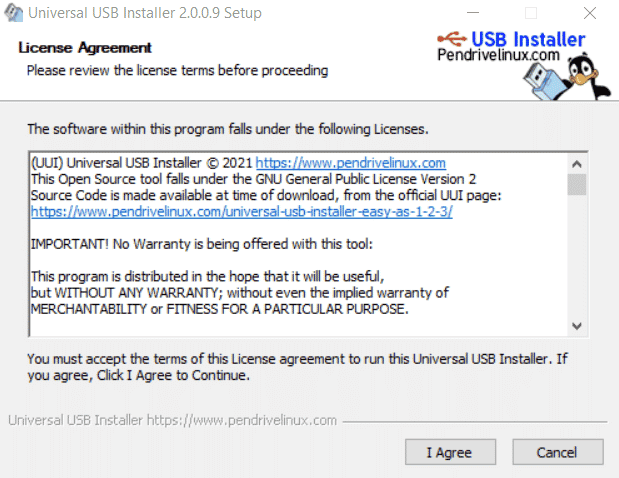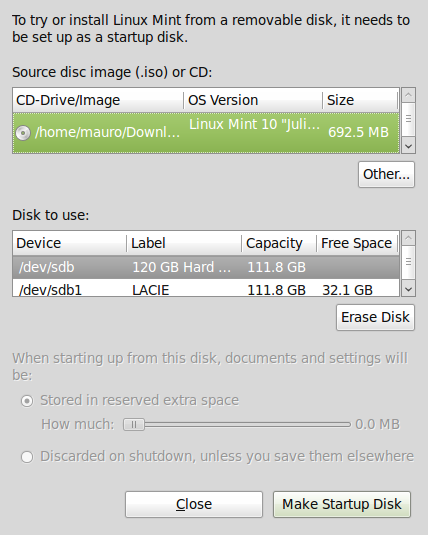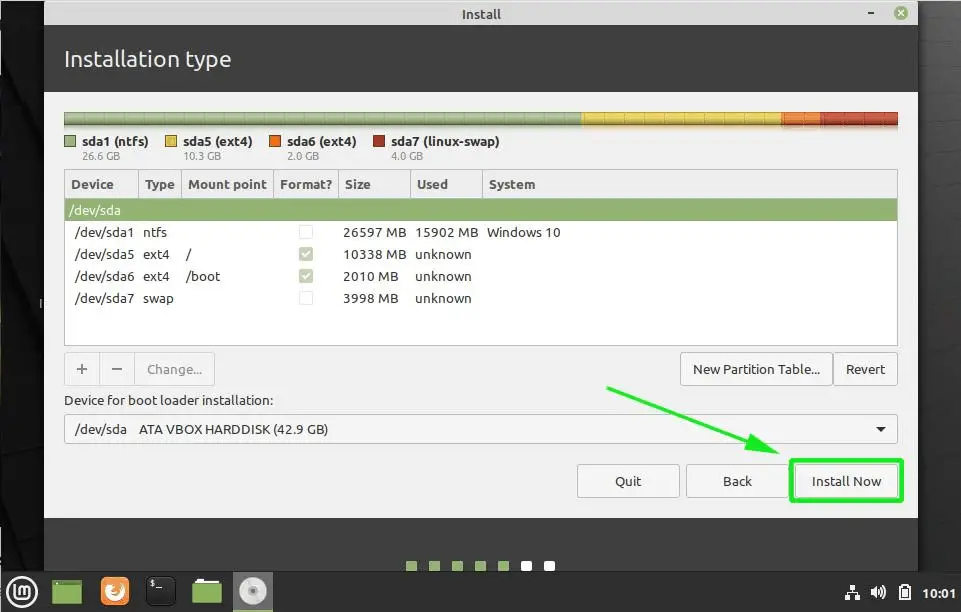
- #WINDOWS 10 USB TOOL AND LINUX MINT ISO HOW TO#
- #WINDOWS 10 USB TOOL AND LINUX MINT ISO INSTALL#
- #WINDOWS 10 USB TOOL AND LINUX MINT ISO WINDOWS 10#
- #WINDOWS 10 USB TOOL AND LINUX MINT ISO WINDOWS 8.1#
- #WINDOWS 10 USB TOOL AND LINUX MINT ISO FREE#
It is useful for systems with less memory.


The home partition is for your personal documents, music, downloads, etc. Installed software, updates, and other system files are located on this root partition.
#WINDOWS 10 USB TOOL AND LINUX MINT ISO FREE#
Choose the available free space and click +. But here, I'm going to show you my favorite method and that is to have a Root, a Swap and a Home.Ĭreate a root partition first.
#WINDOWS 10 USB TOOL AND LINUX MINT ISO INSTALL#
Since you've already created a new partition in Windows, it's time to install Linux Mint on it. In the Installation Type window, choose Anything else: Step 6: Create root, swap and home Windows is already installed here, we will prepare a new partition for Linux Mint. If it does, skip step 5 and step 6.īut as mentioned before, I prefer separate partitions for Windows and Linux. Linux Mint will handle things on its own. If you see the option Install Linux Mint together with Windows, you can select that. This is the most important part of the entire installation. It will then do some checks on available space, battery, and internet connection. On the next few screens, you will be prompted to choose your operating system language. Even if you choose to try it, you can find the install option on the desktop: Once you boot to the live disk, you will be provided to try Linux Mint or install Linux Mint. It takes some time to boot from the live disk or USB.
#WINDOWS 10 USB TOOL AND LINUX MINT ISO WINDOWS 10#
Most modern Windows 10 systems should not need this step, especially Linux Mint or Ubuntu.
#WINDOWS 10 USB TOOL AND LINUX MINT ISO WINDOWS 8.1#
Important noteNote: If your computer came with Windows 8 or Windows 8.1 and you upgraded to Windows 10, you may need to disable Secure Boot. Now, choose the option to boot from USB o removable stocking. While the computer boots press F10 or F12 function key (difference from computer to computer) to go to the boot menu. Step 3: Boot Live USBĬonnect the USB or live disk to the computer and restart it. I recommend watching the video to see the exact steps you need further clue. So I reduced it to make 110 Gb free partition. In my case I only had C drive with 223 Gb of space. Now carefully select the disk on which you will make some free space by shrinking the volume:

This will open the disk management utility. In Windows 10, go to the start menu and type 'partition'. Dual booting Linux and Windows will not slow down your system in any way. I was asked this question several times in the Linux user group.
#WINDOWS 10 USB TOOL AND LINUX MINT ISO HOW TO#
And in this article, we will see how to dual boot Linux Mint with Windows 10.ĭual Boot allows you to select between using Windows and Linux at boot time Will dual booting Linux with Windows slow down your system? Absolute beginners often find it complicated, but this is the best way to use Linux and Windows together in one system. This involves touching the disk partition and sometimes the boot order. And when your system boots up, you can choose whether you want to use Windows or Linux. Here, you install Linux on a system that already has Windows. Install Linux along with Windows: This method is called dual booting Linux with Windows.Remove Windows and LinuxNote: If you've backed up your data and have a Windows installation or recovery disc ready, or if you're determined not to go back to Windows, you can remove Windows entirely and use just Linux.This is particularly useful if you just want to see what Linux feels like. This is usually slow and changes made to the Linux system are (usually) not saved. Use a live version of Linux: In this method, you put Linux on a USB or DVD and boot it.However, this will use up your system resources and if you have less than 4Gb of RAM I won't recommend using it much. This is also one of the safest ways to get familiar with Linux.

Use Linux inside Windows in a virtual machine: This runs a Linux operating system like any other application within Windows.


 0 kommentar(er)
0 kommentar(er)
